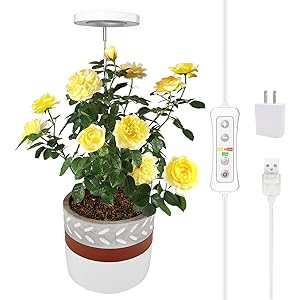Understanding Traditional Japanese Interiors
Traditional Japanese interiors are a harmonious blend of simplicity, natural materials, and a deep connection to nature. Characterized by minimalism, these spaces often feature tatami mats, shoji screens, and wooden structures that create a serene atmosphere. The design philosophy emphasizes balance and tranquility, making it a unique and sought-after aesthetic in modern home decor.
The Role of Tatami Mats
Tatami mats are a quintessential element of traditional Japanese interiors. Made from rice straw and covered with woven rush grass, these mats provide a soft, natural flooring option that is both comfortable and aesthetically pleasing. They are typically used in living areas and bedrooms, contributing to the overall warmth and inviting nature of the space. The size and arrangement of tatami mats can also influence the layout and functionality of a room.
Shoji Screens: A Symbol of Elegance
Shoji screens are sliding doors or room dividers made from a wooden frame and translucent paper. These screens allow natural light to filter into the space while providing privacy. In traditional Japanese interiors, shoji screens are often used to separate rooms or create flexible spaces that can be adapted for various purposes. Their delicate design adds an element of elegance and sophistication to any interior.
Natural Materials and Craftsmanship
The use of natural materials is a hallmark of traditional Japanese interiors. Wood, bamboo, paper, and stone are commonly employed to create a warm and inviting atmosphere. The craftsmanship involved in creating these elements is often meticulous, reflecting a deep respect for nature and the environment. This commitment to quality and sustainability is a key aspect of the traditional Japanese aesthetic.
Color Palette and Textures
The color palette in traditional Japanese interiors is typically subdued, featuring earthy tones such as browns, greens, and grays. This choice of colors helps to create a calming environment that promotes relaxation and mindfulness. Textures play a significant role as well, with the combination of smooth wooden surfaces, soft tatami mats, and delicate paper screens contributing to a rich sensory experience.
Zen Philosophy in Interior Design
Zen philosophy greatly influences traditional Japanese interiors, emphasizing simplicity, mindfulness, and a connection to nature. This approach encourages the decluttering of spaces and the use of minimal furnishings, allowing for a more peaceful and focused environment. Incorporating elements such as indoor gardens or water features can further enhance this tranquil atmosphere, making the home a sanctuary for relaxation and reflection.
Furnishings and Decor
Furnishings in traditional Japanese interiors are often low to the ground, including low tables and floor cushions. This design choice fosters a sense of intimacy and encourages social interaction. Decorative elements are typically minimal, with a focus on quality over quantity. Items such as calligraphy, ceramics, and ikebana (flower arrangements) are used sparingly to enhance the aesthetic without overwhelming the space.
Embracing Nature with Outdoor Spaces
Traditional Japanese interiors often extend into outdoor spaces, blurring the lines between indoor and outdoor living. Gardens, courtyards, and balconies are designed to complement the interior, providing a seamless transition to nature. The incorporation of natural elements, such as rocks, water, and plants, creates a serene environment that reflects the beauty of the changing seasons.
Modern Interpretations of Traditional Japanese Interiors
In recent years, there has been a resurgence of interest in traditional Japanese interiors, leading to modern interpretations that blend contemporary design with classic elements. This fusion allows homeowners to enjoy the benefits of traditional aesthetics while incorporating modern conveniences. The result is a unique and personalized space that honors the past while embracing the future.

